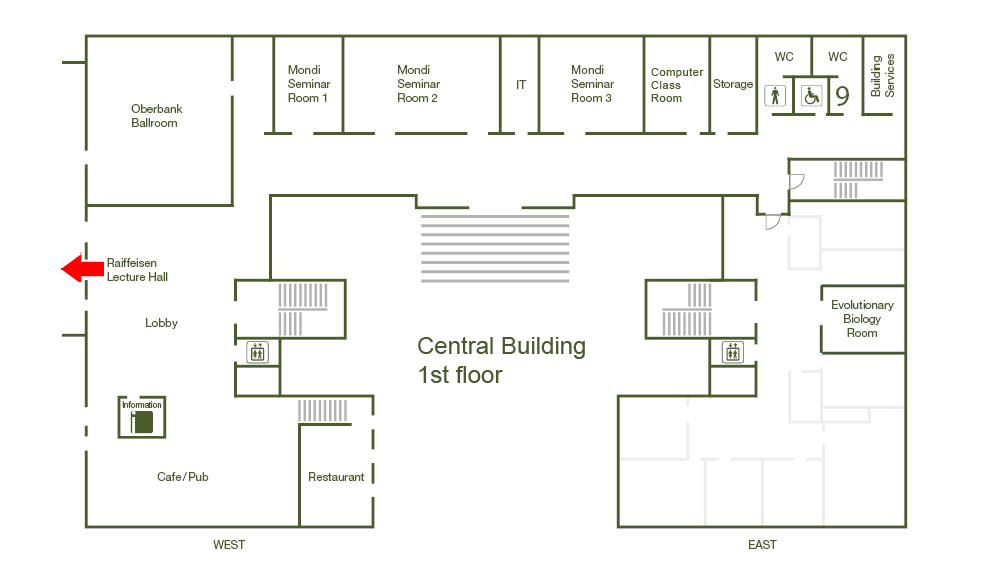Institute Colloquium: Fiber growth, formation of new circuits and functional repair
Date:
Monday, February 2, 2015 16:30 - 17:30
Speaker:
Martin Schwab (University of Zurich and ETH Zurich)
Location:
Raiffeisen Lecture Hall, Central Building
Series:
Institute colloquium
Contact:
Trappl Marie

Large spinal cord or brain injuries lead to life-long structural and functional deficits. In contrast, small lesions of the CNS often have a good prognosis with extensive functional recovery; the underlying mechanisms are not well understood, however. Major changes in the neuronal wiring including formation of new circuits and maps were found after spinal cord lesions in adult rats. Spinal cord hemisections induced sprouting of spared reticulo-spinal fibers across the midline of the lower cord, as well as regenerative sprouting of lesioned fibers and formation of a detour pathway via propriospinal neurons around the lesion site.Electrical stimulation of this system induced locomotion in animals with 80-90% destroyed spinal cords. - In a stroke model, destruction of the forelimb motor cortex led to sprouting of hindlimb corticospinal fibers into the cervical spinal cord and the formation of a new, functional forelimb projection from former hindlimb neurons. However, in all these cases extent and length of fiber growth was limited to about 0.2 - 2 mm. Specific neurite growth inhibitory factors restrict plastic and regenerative neurite growth in the adult CNS. The membrane protein Nogo-A is currently the most potent known neurite growth inhibitor. Nogo-A activates a RhoA cascade via two multisubunit receptor complexes. Function blocking antibodies against Nogo-A have been applied to rats and macaque monkeys with spinal cord injuries as well as animals with very large stroke lesions of the sensory-motor cortex. In the spinal cord, injured fibers showed enhanced regenerative sprouting as well as long-distance regeneration with formation of large terminal arbors. Spared fiber tracts showed enhanced compensatory sprouting, often covering relatively long distances. In animals with cortical strokes, fibers from the intact corticobulbar or corticospinal system crossed the midline, supplying innervation to the denervated brain stem or spinal cord under the influence of anti- Nogo-A antibodies. Behavioral tests for locomotion, grid and beam walk, swimming, as well as skilled forelimb reaching showed marked improvements of functional recovery in the Nogo-A antibody treated injured animals which could be further enhanced by intense rehabilitative training. Pharmacogenetically silencing of the midline crossing corticospinal fibers in the stroke animals abolished the regained skilled forelimb movements. - Antibodies against human Nogo-A are currently used in clinical trials for spinal cord injury, MS and ALS.